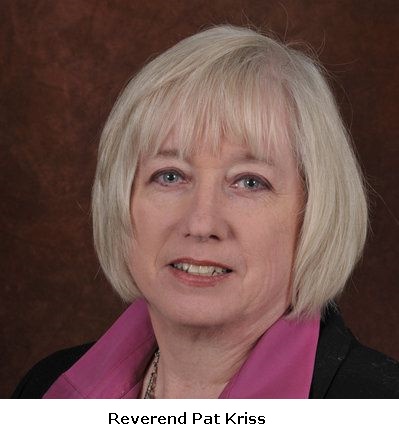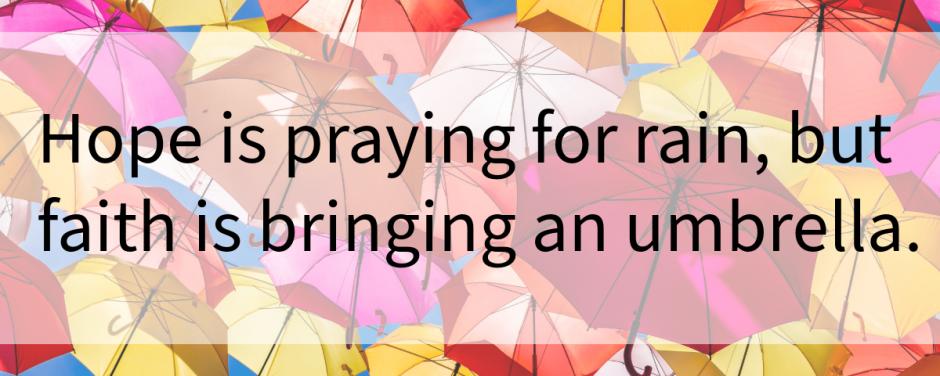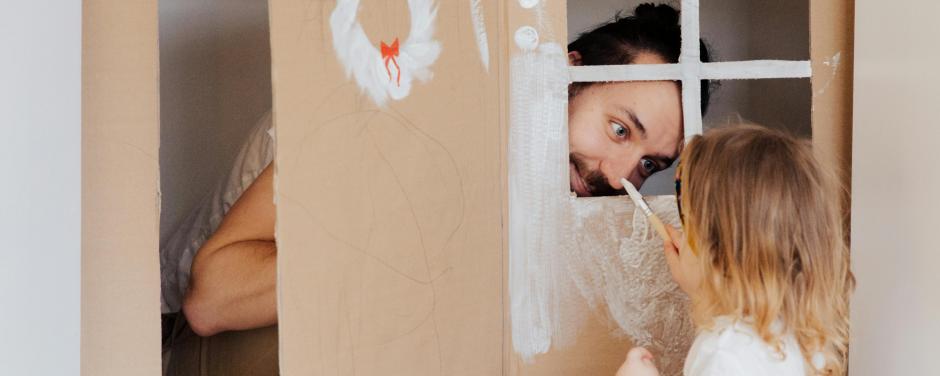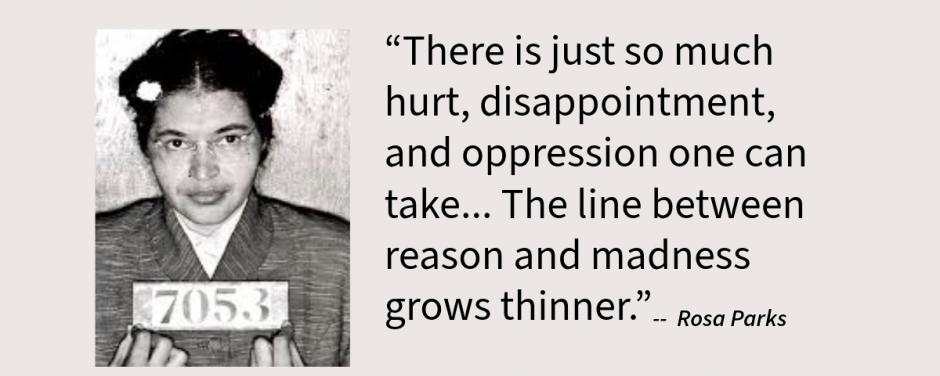Volunteers Are A Legacy of Pentecost
Volunteers Make God’s kingdom manifest.
 (Posted June 5, 2025)
(Posted June 5, 2025)
It’s really quite perfect that this Sunday is not only the Birthday of the Church- Pentecost- but also the Sunday we honor the many volunteers who not only give of themselves, but in many roles that First Church needs their help to be a church.
Our All-Volunteer Thrift Shop
While we are all getting older, I am constantly in a state of gratitude for our volunteers who dig deep and help us with huge projects, like the recent rebuilding and renovation of our Thrift Shop. And then there are the helpers that man the registers and cheerfully assist shoppers every Friday and Saturday. That involves all the sorting, fixing and hanging of garments and all items, including housewares.
Every person who donates clothing and wares is a part of this effort to aid those who need help. Of course, Bob Botelho himself is a kind of volunteer, choosing to repair and invest in parts of the Meeting House building that he doesn’t have to fix.
Volunteers Keep It All Going
Our Fellowship folks are the people who pull together luncheons and, more importantly, set up and clean up for Coffee Hour every Sunday, Movie Night every month, and Game Night every week, or who raise their hand whenever we need someone to do any of the hundreds of details it takes to run this church. Truly, this every- Sunday gathering is an extension of our time in worship. For me it is just as important because this is when we find out what really is going on among our members and friends.
Music Ministry Volunteers
Our Choir and our soloists are the ones who bring the Sunday services alive. I can say with full confidence that many people tune into our broadcast services just to hear and enjoy the uplifting music as a prayer that goes out over the airwaves (or the WiFi.) Jim Moriarty has led these gifted voices to incredible musical achievements!
Church Council Volunteers
And then there are the unsung heroes of keeping a church alive. Church Council members who endure many hours and challenges because they love our little community. Deacons who arrive early and prepare the Sanctuary in ways that are invisible to those in the pews, but that are essential to the service and to Communion. Also invisible to the community are those whose busy fingers, in the evening at home, weave prayers into prayer shawls and pocket versions, so that people in crisis can carry our love with them.
Volunteers: Pentecost’s Legacy
Yes… Pentecost is the Birthday of Christ’s church, because it was the day the disciples stood alone and with authority, as the Holy Spirit washed over them, and motivated them to go out and work to help God’s kingdom manifest itself on earth in caring, in unity with all people.
You, our volunteers are the living legacy of that Spirit that still lives in us. On behalf of all of us, thank you for being our “umbrella” protecting God’s people in life’s rain!
Speaking of Father’s Day …
God the Father, our divine parent.
 (Posted June 12, 2025)
(Posted June 12, 2025)
When I noticed the other day that Father’s Day coincides this year with Trinity Sunday, I said to myself, “how fitting! The very Sunday where we celebrate the three “faces” of God – the Creator, or Father, the Son and the Holy Spirit.”
God the Father
Of course, with last Sunday’s focus on Pentecost, we’ve already spent a good deal of time getting to know the nature of the Paraclete, and God knows we’ve just come out of the long post-Easter season with Jesus, our Savior. So we’re really overdue to think about and talk about God the Father, the one who creates all, who designs all, whose work solves the mysteries of the Universe. And, if we’re lucky, when we think of what it means to be a father, we also think, “Problem Solver.”
When I think of my own Dad, most of the time that name would apply. To be honest, all Dads are, at the root, just human beings trying to do their best to raise kids, and those kids don’t come with an “owner’s manual.” My own father, Jack, had a penchant for coming up with some creative solutions to problems, but always took things one step further. One year the trees in back of our house became infested with tent caterpillars. My Dad’s friend at the hardware store told him to pour a little gasoline on the nests from the tank he had for the lawn mower. That would dispatch them, the friend said. But what he didn’t tell Dad at all was to set a match to them. When Dad lit them ablaze the resulting small forest fire brought the fire department out very quickly.
A Father Unbound by Human Flaws
Fortunately, our Divine Parent, God the Father, is not bound by human flaws.
As the Architect of our beginning, and ultimately our end, the Universe we gaze out upon is both ending and beginning. The light that reaches our eye from distant stars comes from celestial bodies that disintegrated long, long ago. At the same time, clouds of gas in the constellation Orion are just now being born into new stars.
To us preoccupied humans back on our tiny ball that is earth, we seem blind to the wonders and gifts God gives us. We’re too busy fighting with people over the most ridiculous minor things, instead of praising God our Father. Jesus himself, toward his last months with his disciples, spoke some frustrated words to men who should have spent more time loving one another instead of bickering. Jesus told them, “you have neglected the more important matters of the law -- justice, mercy and faithfulness. You should have practiced the latter, without neglecting the former. You blind guides! You strain out a gnat but swallow a camel.”
On this Father’s Day, let us gift God our creator with acts of love, not criticism; with gratitude for kindness, which is the currency of our faithfulness with each other.
Madness in the Land of the Dead
How to deal with today’s demons.
 (Posted June 20, 2025)
(Posted June 20, 2025)
It takes no more than checking on the news in the morning. It seems as if the entire world is descending into its own form of madness. There is no more timely Gospel than the one assigned to this Sunday: Jesus Meets the Geresene Demoniac.
Jesus meets this raging, mentally tortured man where he lives: amid the tombs and graves of a cemetery, where in times past the townsfolk have tried to chain him to the stones. But this has never worked, and he rages through the place near where a flock of pigs graze by the sea.
We, too live in a time when the authorities decide that some people are “demons,” and they capture and try to chain them in the land of the dead. But that doesn’t work, either. Too often the demon hunters act more like demons themselves.
The key to Jesus’ healing of the man in the land of the dead is to know him well enough to know his name, and in turn, the man and all the hatred that infects him learns the name of Jesus Christ.
This Sunday we’ll look at the way the lessons in this scripture are lessons to be applied to all the “demons” raging in our society today. Join us to consider some of those solutions.
Information
First Congregational Church
164 Deer Hill Ave.
Danbury, CT 06810
Est. 1696
Phone: (203) 744-6177
Email: office@danburychurch.org
Office Hours:
Monday Closed
Tuesday 9 a.m. – 3 p.m.
Wednesday 9 a.m. – 3 p.m.
Thursday 9 a.m. – 3 p.m.
Friday Closed
Thrift Shop Hours:
Saturday 10 a.m. - 2 p.m.
Sunday Worship:
Sunday 10:00 a.m.–11 a.m.



